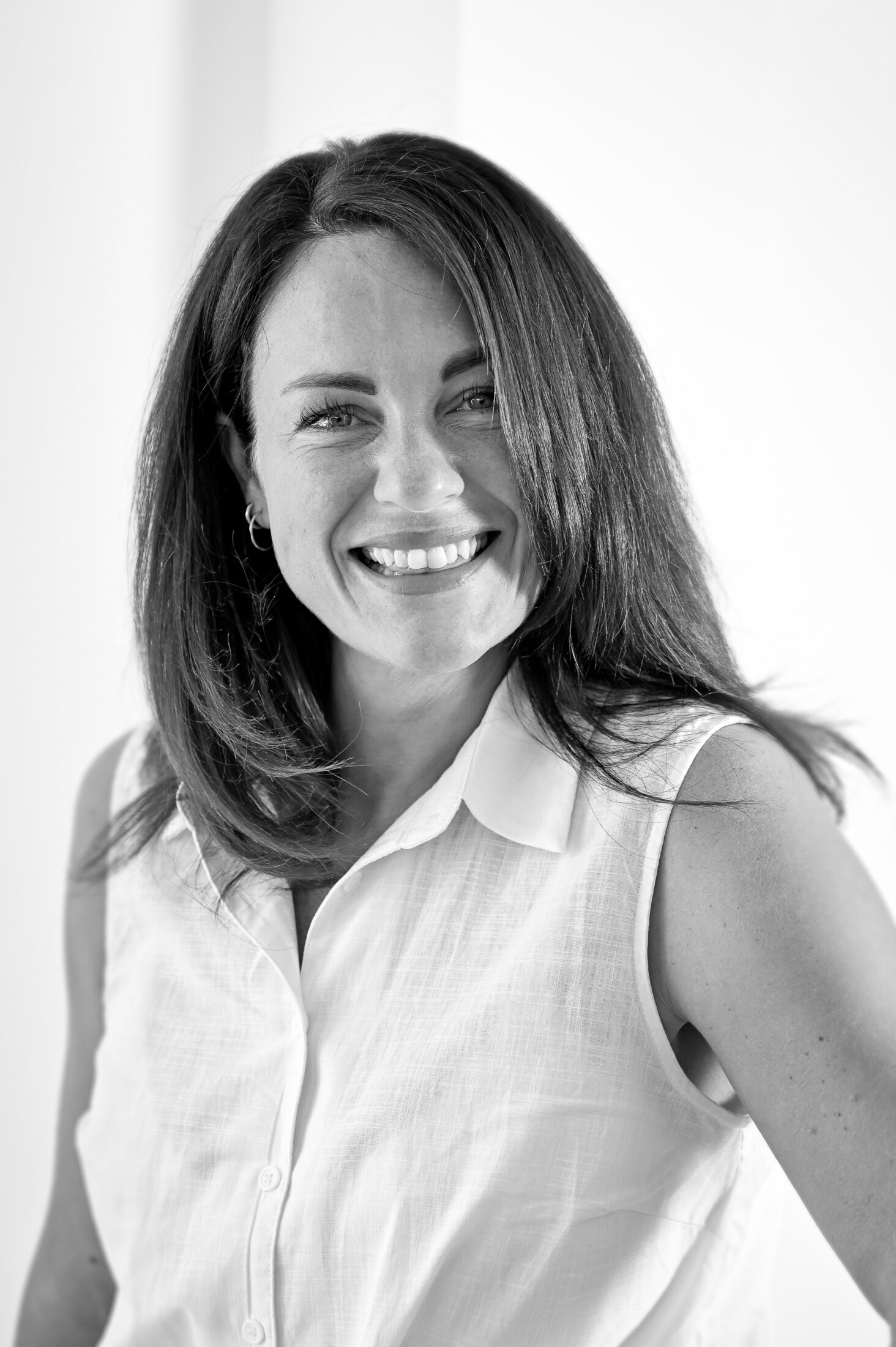Article by: Capt. Malcolm Jacotine | Master Mariner
A version of this was first published in The Superyacht Report Issue 185
We know that education, training and experience are vital to ensuring safety on yachts and ships, and although we have the Standards of Training Certification and Watchkeeping (STCW) Convention that regulates minimum standards, there are still questions regarding the quality and competency of deck officers and masters and this is not just restricted to the commercial shipping industry; the same questions are being asked by many within the superyacht industry.
The Maritime and Coastguard Agency (MCA) and the contributing partners, must be applauded for introducing MGN 195 (M) in 2002, the first yacht specific standards of training and certification as allowed under Article IX of STCW.
Prior to this, there were commercial qualifications – rare in our industry in those days – or RYA qualifications for recreational boaters. It made absolute sense to combine elements of both to develop a qualification that was both relevant, and attainable, and there is no doubt that it has significantly improved the standards of safety and professionalism within our industry.
Although there have been amendments, and we are now at MSN 1858 (M+F) has it adapted and developed sufficiently to meet the changes and challenges we have seen within our industry, such as the number of larger yachts and crew, private yachts regularly carrying >12 PAX, World cruising patterns, etc. Does the rationale that we are ‘different to commercial ships’ really withstand scrutiny when we look at the differences in experience, education and training?
The truth is that we face much the same maritime challenges as merchant ships; the only real difference is we do not handle cargo, but then, neither do passenger ships, and a lot of cargo work is now handled by terminals or Cargo Superintendents. There is clearly something more in the commercial syllabus than cargo work that requires an extra 53 weeks of education (based on HNC/HND route) for a commercial Chief Mate Unlimited, Master <3000 GT and Master Unlimited.
Furthermore, and of greater concern to vessel safety, bridge watch keeping experience is significantly reduced for yachts. No verifiable bridge watchkeeping duties, or experience, is required for a Yacht OOW/Chief Mate <3000 GT, 4 months for Master 500 GT and only 8 months for a Master Yacht <3000 GT and Marshall Islands Yacht Unlimited – this is in stark contrast to the minimum of 30 months required for a Master Unlimited under MSN1856 (M+F).
We all recognise the problem in gaining watchkeeping experience in the Superyacht industry, but has this crucial developmental phase been compromised for the sake of expediency and attainability? Is this in the interest of safety? Surely, given the contribution to safety and pollution prevention, this is one area where standards should not be compromised?
A summary of the key differences: –
MCA Master Yachts <3000 GT
- 21 weeks education and short courses
- Minimum 60 months sea service – including 8 months of bridge wathckeeping
- Cost approx. €25,000
Marhsall Islands Master of Yachts Unlimited – including MCA Master Yachts <3000GT
- 31 weeks of education and short courses,
- Minimum 72 months sea-service – including, 8 months of bridge watchkeeping, and 12 months served as a Master on a yacht >500GT
- Cost approx. €40,000
MCA Master Unlimited – following the HNC/HND experienced seafarer route
- 61 (college) + 13 (home study) total of 74 weeks of education and short courses
- Minimum 60 months sea-service, including 24 – 36 months of bridge watchkeeping, and 6 months watch keeping duties prior to OOW
- Cost approx. €25,000
Of course, there will be additional expense for a Master Unlimited due the course duration, loss of earnings and subsistence costs. Though, the difference will be less in the case of the Marhsall Islands Master Yacht Unlimited and, much less, if you take the UKSA Yachtmaster Ocean that would add around 22 weeks and €17,700 (includes food and accommodation) to the above yacht qualifications.
Of note, is that apart from extra sea-service and an orals exam, a commercial Chief Officer requires the same watchkeeping experience, education and training as a Master Unlimited.
STCW Reg I/1 – 1.6 Chief mate means the officer next in rank to the master and upon whom the command of the ship will fall in the event of the incapacity of the master;
Surely this should also apply to yacht Chief Mates <3000GT? Yet currently, a Chief Mate Yacht <3000GT needs no watchkeeping experience and their training is less than that required for a Master Yachts <3000GT – this is not even in the spirit of the above regulation.
And, given that MSN 1858 (M) is for ‘Deck Officers on Large Yachts (over 24m)’ should RYA or IYT qualifications still be a prerequisite? It’s certainly not a requirement for commercial mariners. Surely the theory is, or should be, covered in greater depth by OOW Navigation and Radar and General Ship Knowledge? The qualifying sea-time required and experience gained seems of little value – what practical value is there in being able to tack or gybe a 7 metre sailing boat when you’re on a 70m yacht and you need to secure a tender for heavy weather or act as lookout as part of the bridge team?
The practical skills required to work on large yachts should be taught and developed onboard by competent officers and crew, along with better utilisation and monitoring of the Training Record Book (TRB) – that being said, Power Boat level 2 and Tender Operator courses, with their inherent limitations, are still good ‘foundations’ for yacht tender operations.
Today, there are yachts still below 3000GT with values in excess of €150M that carry up to 50 or more persons – greater than many merchant ships. Given the common maritime challenges, should there really be such a significant difference between experience, education and training?




